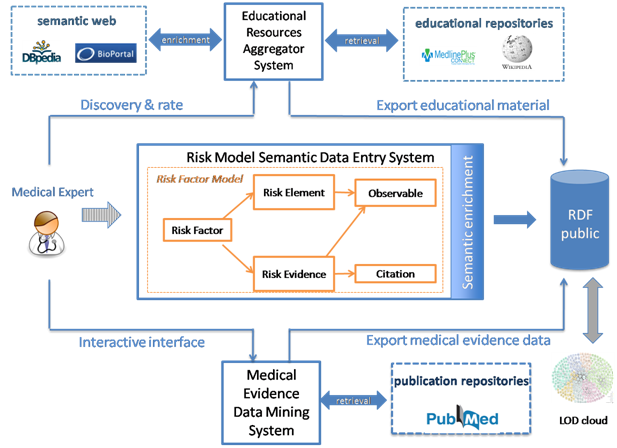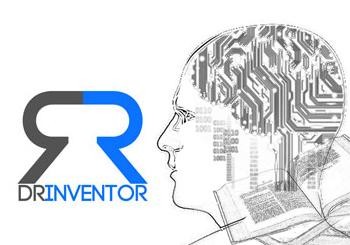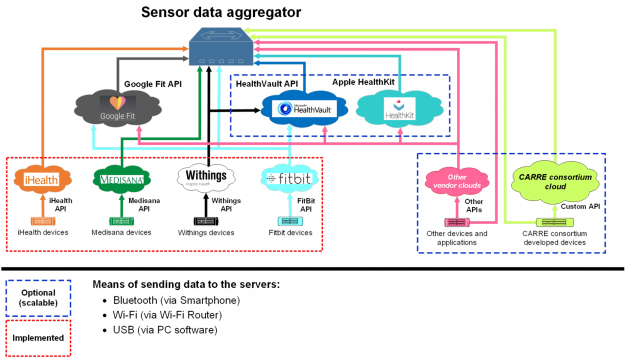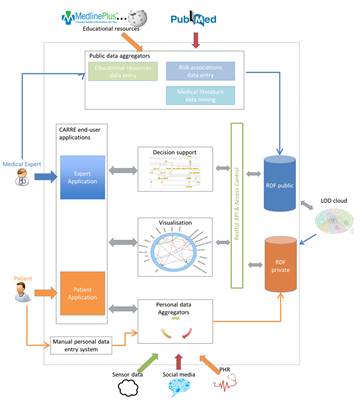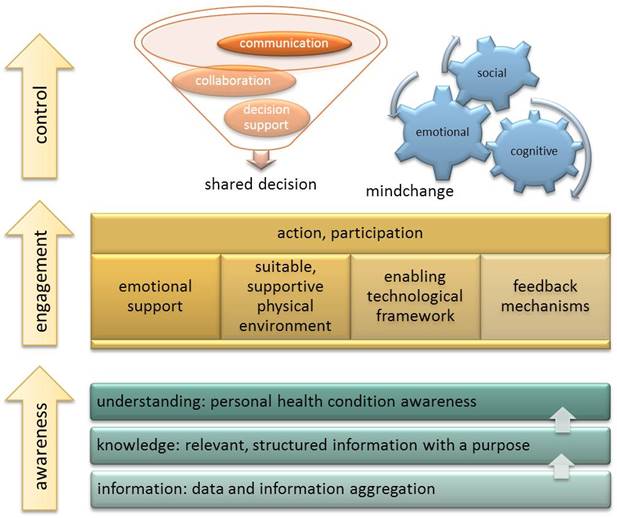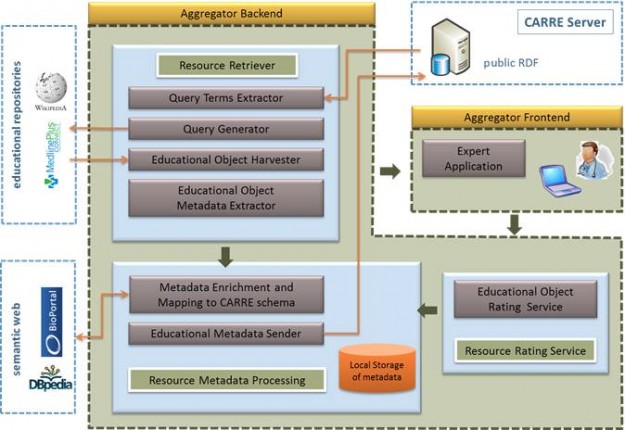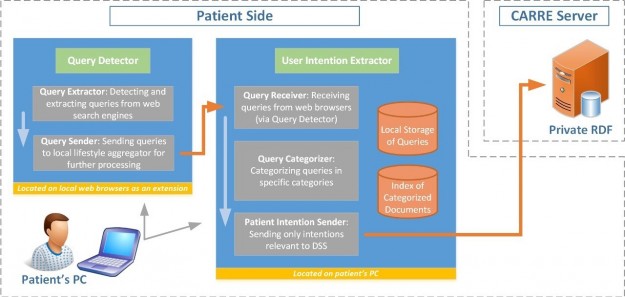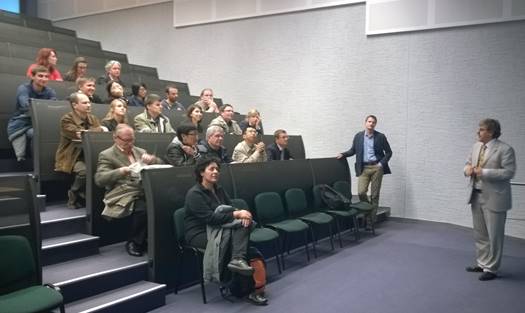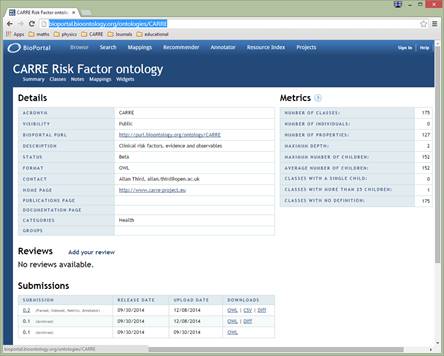Overview of medical evidence aggregators
The medical evidence aggregators can be separated into the medical evidence data mining system and the educational resources aggregator system. The goal of these systems is to retrieve medical evidence data and patient educational content, accordingly, from on-line authoritative sources. These kinds of information are either openly available to public, such as some government medical…

